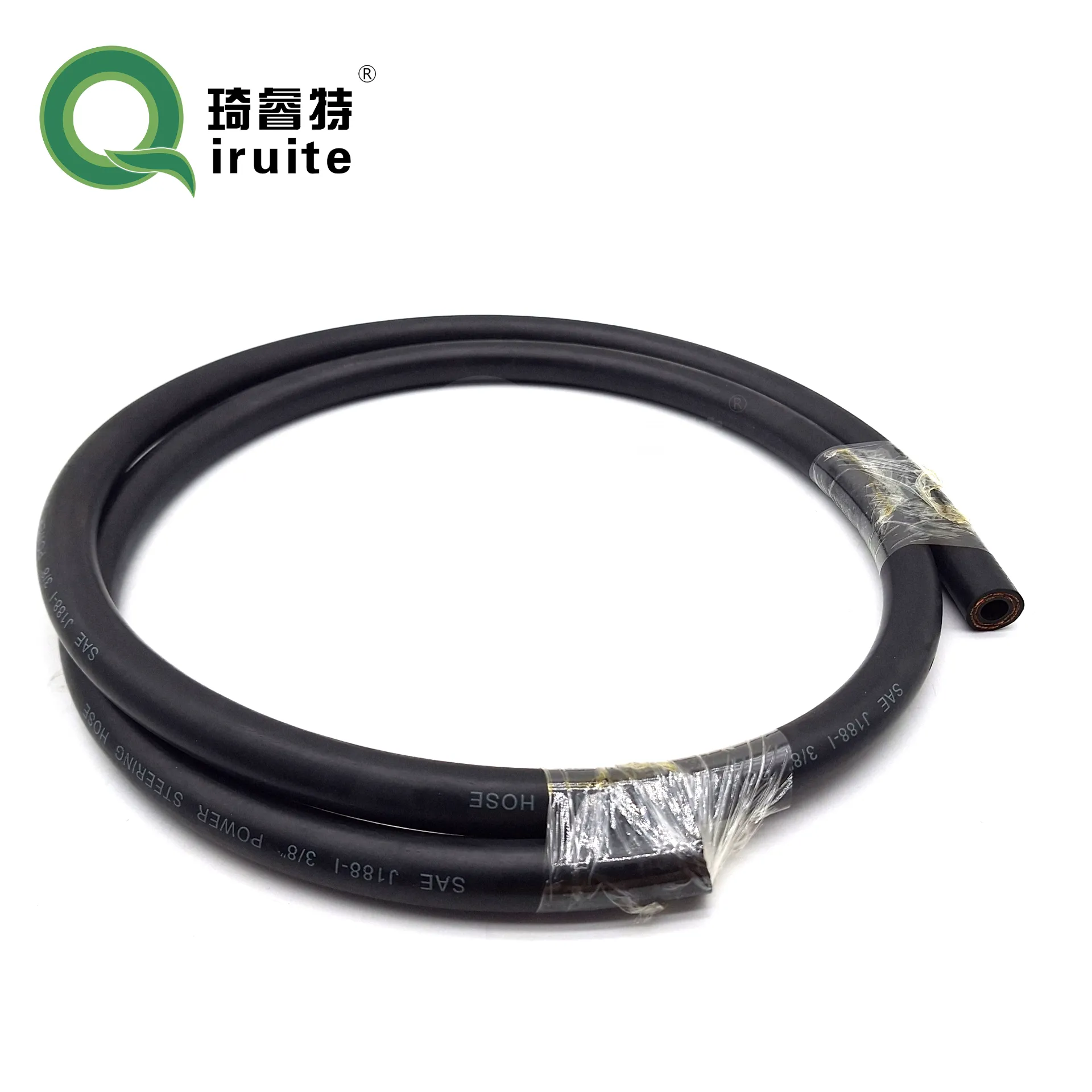how long does it take to replace power steering hose
How Long Does It Take to Replace a Power Steering Hose?
Power steering is an essential system in modern vehicles that facilitates easier steering by amplifying the force applied by the driver. One of the critical components of this system is the power steering hose, which is responsible for transporting hydraulic fluid between the power steering pump and the steering gear. Over time, these hoses can wear out due to age, heat, and pressure, leading to leaks and reduced steering efficiency. When this happens, it becomes necessary to replace the power steering hose. But how long does this task typically take? Let’s explore the factors that influence the duration of this repair.
Understanding Power Steering Hoses
Before diving into the time required for replacement, it’s important to understand what power steering hoses are and their roles. Vehicles generally have two types of hoses the high-pressure hose, which carries fluid from the pump to the steering gear, and the low-pressure return hose, which returns the fluid to the pump from the steering gear. Both hoses are crucial for the proper functioning of the power steering system.
Factors Influencing Replacement Time
Several factors can affect how long it takes to replace a power steering hose
1. Mechanical Skill Level The experience and skill level of the mechanic or individual performing the replacement play a significant role in the time required. A skilled mechanic can perform the job efficiently, while someone with less experience may take longer due to trial and error.
2. Type of Vehicle Different vehicles have varying layouts and designs. Some cars allow for easier access to the power steering hose, while others may require removal of additional components (for example, air intakes or engine covers) to reach the hose. Generally, replacing the hose on a compact car might take less time compared to a larger vehicle, such as an SUV or truck.
3. Condition of the Vehicle If the vehicle is older or has not been maintained well, rust and corrosion can make parts difficult to remove, which can extend the time required for the job. Additionally, if other issues are discovered during the replacement process, such as leaks in other parts of the power steering system, this can lead to additional repairs and time.
4. Availability of Tools Having the right tools readily available can streamline the process significantly. Mechanics equipped with specialized tools, like line wrenches or hose clamp removers, will be able to work quickly and efficiently.
5. Shop Practices Different auto repair shops have established protocols that can impact how long a repair takes. Some shops may be more thorough, taking extra time to examine the entire power steering system, while others may focus solely on the hose replacement.
how long does it take to replace power steering hose

Estimated Time for Replacement
On average, replacing a power steering hose can take anywhere from 1 to 3 hours. For a skilled mechanic working with a vehicle that is straightforward to access, it might take as little as 1 hour. Conversely, if additional components need to be removed or if the mechanic encounters unexpected issues, the process could extend to several hours.
Steps in the Replacement Process
To give you a clearer idea of what is involved, here’s a simplified breakdown of the steps typically followed during the replacement
1. Lift the Vehicle The car is lifted to ensure the mechanic has easy access to the underside, where many hoses are located.
2. Remove Old Hose The mechanic will drain the power steering fluid and detach the existing hose from both the pump and the steering gear.
3. Install New Hose A new hose is then installed in the same position, ensuring that all fittings are secure.
4. Refill the System The power steering fluid is replenished, and the system is bled to remove any air trapped within.
5. Testing Finally, the mechanic will check the system for leaks and ensure the steering operates smoothly.
Conclusion
In summary, while the replacement of a power steering hose typically takes between 1 to 3 hours, various factors such as vehicle type, mechanic expertise, and overall vehicle condition can all influence the actual time required. It's important to get this service performed promptly when a leak or malfunction is suspected, as neglecting power steering issues can lead to more severe problems and costly repairs down the line. If you're unsure about the state of your power steering system, always consult a professional mechanic to ensure your vehicle remains safe and functional on the road.
-
Ultimate Spiral Protection for Hoses & CablesNewsJun.26,2025
-
The Ultimate Quick-Connect Solutions for Every NeedNewsJun.26,2025
-
SAE J1401 Brake Hose: Reliable Choice for Safe BrakingNewsJun.26,2025
-
Reliable J2064 A/C Hoses for Real-World Cooling NeedsNewsJun.26,2025
-
Heavy-Duty Sewer Jetting Hoses Built to LastNewsJun.26,2025
-
Fix Power Steering Tube Leaks Fast – Durable & Affordable SolutionNewsJun.26,2025

